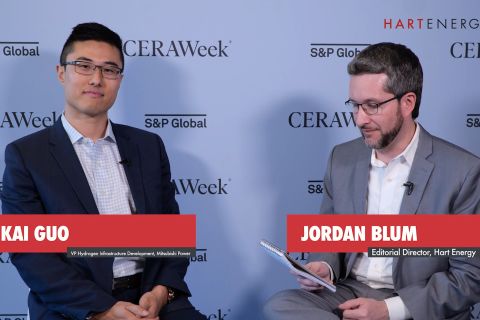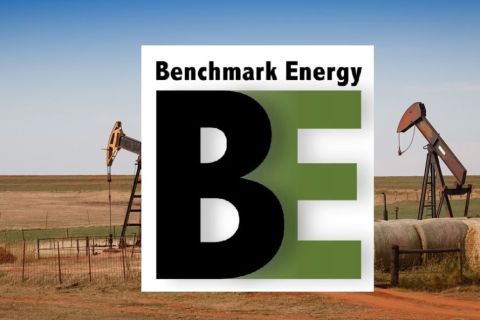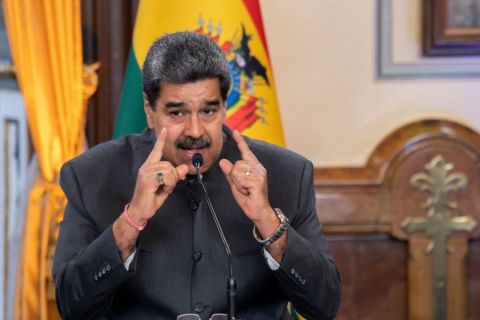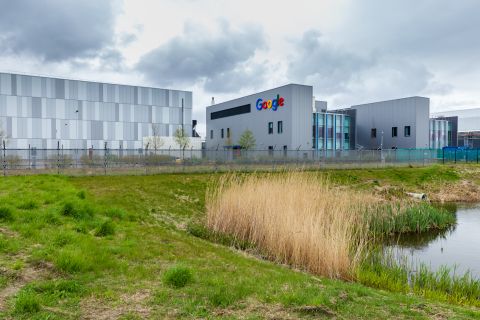Strong oil prices along with horizontal drilling and other technologies have made EOR activities increasingly attractive, not only domestically, but also worldwide. At a presentation devoted to these technologies, Ian McMurtrie, executive vice president of Calgary-based Bankers Petroleum, detailed a unique and dramatic enhanced oil recovery (EOR) effort under way in Albania.
EOR technologies were among the topics at presentations at this week’s Twentieth Annual IHS Herold Pacesetters Conference held in Stamford, CT.
“We are using our western Canadian heavy-oil-development expertise to develop reserves, concentrating solely in Albania,” McMurtrie said. “Albania went through 50-plus years of communist rule, hence the opportunity. It’s been democratic since the early 1990s with a privatization policy and foreign investment. Now it is a member of NATO and wants to join the European community. From a fiscal and economic viewpoint, this is a good place to grow.”
McMurtrie called the Albanian assets it holds “remarkable.” In August of this year, Bankers was producing some 13,000 barrels per day (b/d) mainly from the Patos-Marinza field, which was discovered in the 1920s. It expects to exit 2011 at between 16,000 and 18,000 b/d from the field. Its assets in the country also include the heavy-oil Kucova field and exploration acreage in Block F. It has a 25-year license with the government and with state-owned Albpetrol.
Patos-Marinza is the largest onshore oilfield in continental Europe, he said, holding some 7.5 billion barrels of original oil in place. Bankers holds 100% interest in Patos-Marinza, which has produced 140 million barrels to date of heavy crude, most in the 9° to 12° API range. Kucova field holds 297 million barrels of original oil in place.
Block F involves a seven-year exploration license. The block is also prospective for natural gas, which is key to the company’s plans for thermal development of the oilfields.
“As we implement heavy-oil-extraction technologies, production continues to grow,” said McMurtrie. The oil that is recognized as present on the southwest portion of Patos-Marinza is difficult to move with primary technology because of its viscosity. So, the company will use thermal work to produce it.”
The field has some 20 discrete stacked sandstones, all very permeable and saturated with oil, he said. “We’re not reinventing the wheel; we are advancing technologies that heavy-oil developers in California and western Canada take for granted. “
First, the company has replaced old equipment with progressive pumping technology on the several thousand older existing wells where integrity is good, boosting production from about 5 to 35 b/d per well. “When you have hundreds of wells, that is significant,” McMurtrie noted.
Next, the company is redrilling the field horizontally to open up pay zones, resulting in wells producing 100 to 200 b/d. Once that effort is complete in the thicker sandstones, then waterflood technology will be applied.
Polymer floods will further increase recovery, and last, where the oil is too viscous to move with those methods, either cyclic steam or steam-assisted gravity drainage technologies will be applied.
Bankers drilled 30 horizontal wells in the first half 2011 and has 10 of the 22 oil productive zones producing. Forty more horizontals through second-half 2011 will target several more zones and other areas for a total of about 100 horizontal wells by year-end in the field. It looks for 2.8 million barrels of cumulative production from the horizontal wells.
The company has implemented a cyclic steam horizontal drilling pilot, with one vertical well as a test and two horizontals. It is hooking up steamers and other equipment brought from Kansas, and expects to start steaming this November.
McMurtrie said the model predicts that the company could see additions from the thermal side where there are zero reserves of some 35%-plus recovery factor -- “highly economic,” he noted.
The second factor in moving into a commercial phase of thermal activity is the need for natural gas, which the company hopes will be produced from its Block F. It will start exploration wells in December before moving into the commercial phase. If the natural gas production does not pan out, the company would access gas from the TAPS pipeline or other sources, which would be more expensive.
Markets for the oil are readily available, he said. It sells about 25% in the country and exports the remainder via tanker to refineries.
Contact the author, Susan Klann, at sklann@hartenergy.com.
Recommended Reading
EIA: Permian, Bakken Associated Gas Growth Pressures NatGas Producers
2024-04-18 - Near-record associated gas volumes from U.S. oil basins continue to put pressure on dry gas producers, which are curtailing output and cutting rigs.
Exclusive: Mitsubishi Power Plans Hydrogen for the Long Haul
2024-04-17 - Mitsubishi Power is looking at a "realistic timeline" as the company scales projects centered around the "versatile molecule," Kai Guo, the vice president of hydrogen infrastructure development for Mitsubishi Power, told Hart Energy's Jordan Blum at CERAWeek by S&P Global.
Benchmark Closes Anadarko Deal, Hunts for More M&A
2024-04-17 - Benchmark Energy II closed a $145 million acquisition of western Anadarko Basin assets—and the company is hunting for more low-decline, mature assets to acquire.
US Orders Most Companies to Wind Down Operations in Venezuela by May
2024-04-17 - The U.S. Office of Foreign Assets Control issued a new license related to Venezuela that gives companies until the end of May to wind down operations following a lack of progress on national elections.
Google Exec: More Collaboration Needed for Clean Power
2024-04-17 - Tech giant Google has partnered with its peers and several renewable energy companies, including startups, to ramp up the presence of renewables on the grid.





